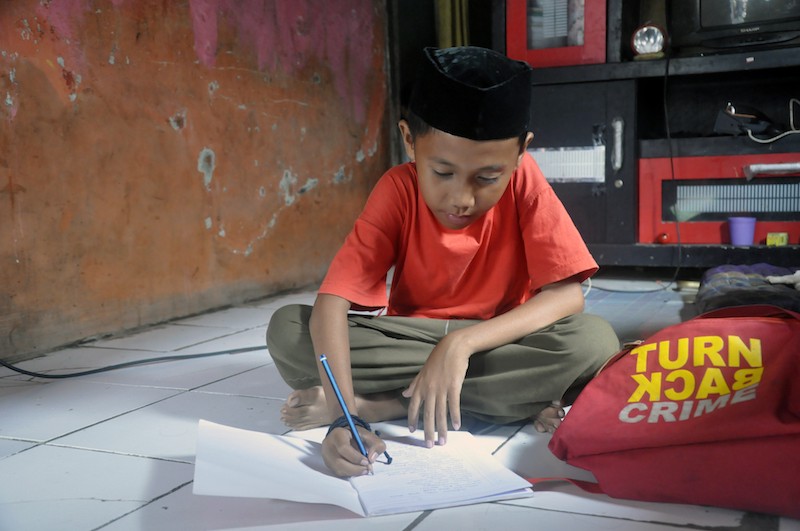Indonesia is a lower middle-income country and the largest economy in Southeast Asia. Rapid economic growth over the past ten years, coupled with significant government investments in social development, transformed the lives of millions of people and allowed the country to halve the number of undernourished people by 2015.
Although the country continues to make considerable progress towards Zero Hunger, it still faces challenges in terms of limited food access, malnutrition, gender inequality, climate change and vulnerability to natural hazards. The COVID-19 pandemic has further exacerbated these challenges, and reversed years of progress in reducing poverty and food insecurity. The national poverty rate increased to double digits in 2020, reaching 10 percent and setting back three years of improvement. Similarly, the prevalence of undernourishment, which had decreased significantly to 7 percent in 2019, reached 8 percent after the pandemic hit the country.
The triple burden of malnutrition is a growing concern. High stunting and wasting rates coexist with increasing rates of overweight and obesity and assumed high rates of micronutrient deficiencies. Almost 31 percent of children under five suffer from stunted growth due to malnutrition, with a higher prevalence among families reliant on subsistence farming or who live in slums. Almost one quarter of the population is anaemic. At the same time, an increasing number of people over the age of 15 are overweight or obese, rising from 19 percent in 2007 to 35 percent in 2018. Lack of affordability of diverse and nutritious diets is a main factor leading to the triple burden of malnutrition in Indonesia.
The Government of Indonesia is fully committed to achieving the SDGs and its own targets under the National Medium-Term Development Plan (RPJMN) 2020-2024. It aims to decrease the proportion of households experiencing moderate to severe food insecurity from five percent in 2020 to four percent in 2024, and the prevalence of undernourishment from eight percent in 2020 to five percent in 2024. Furthermore, the Government aims to reduce stunting among children under-five to 14% by the same year. To achieve these goals, the government is working in close collaboration with partners, including the World Food Programme.


